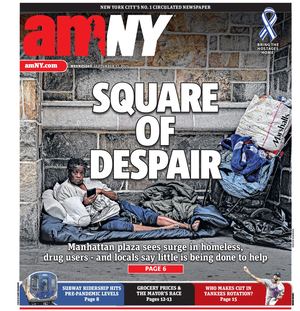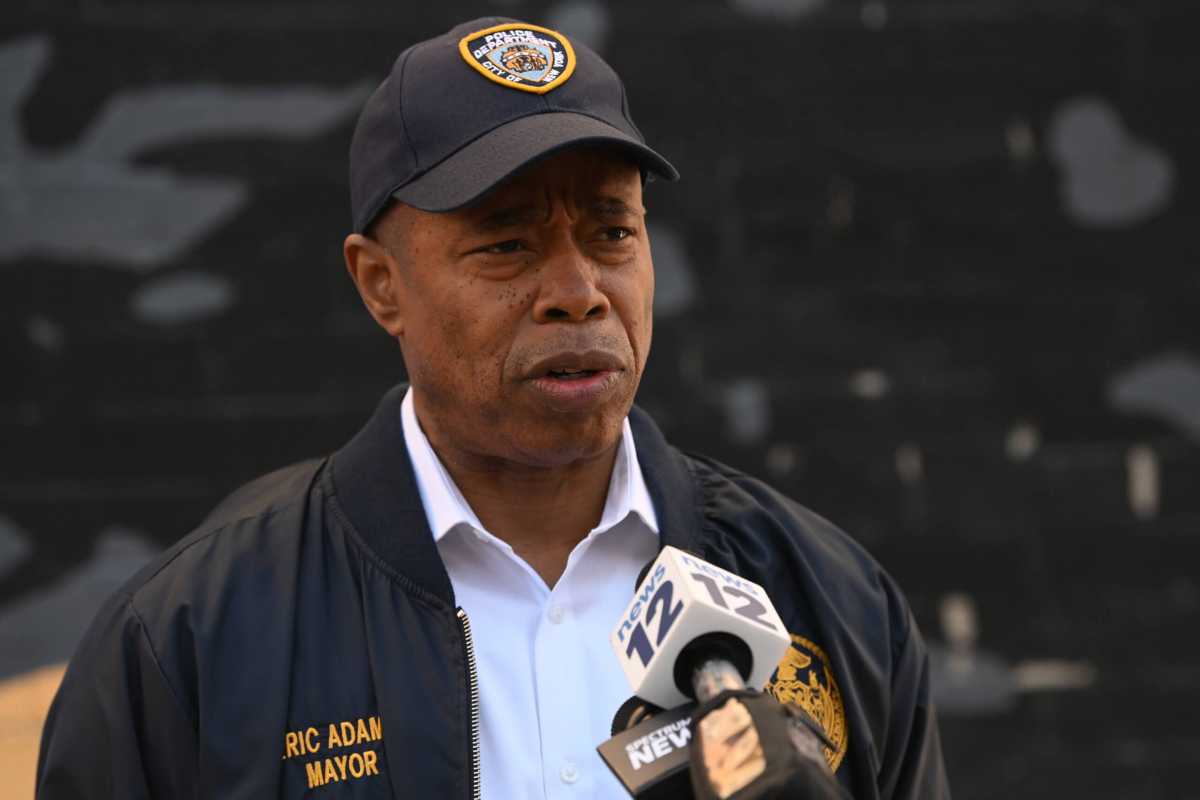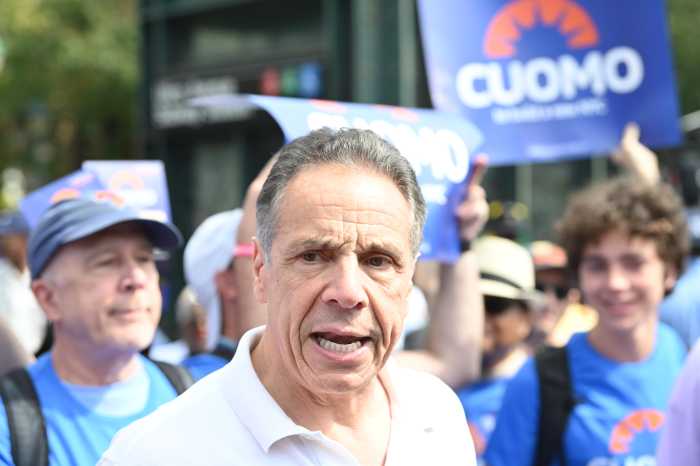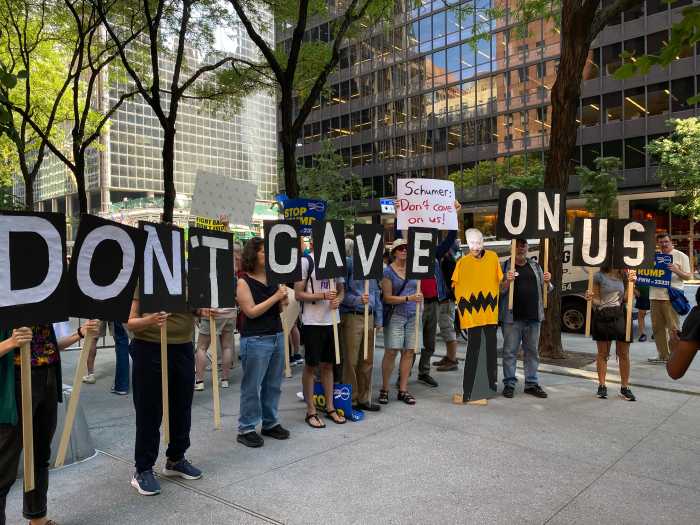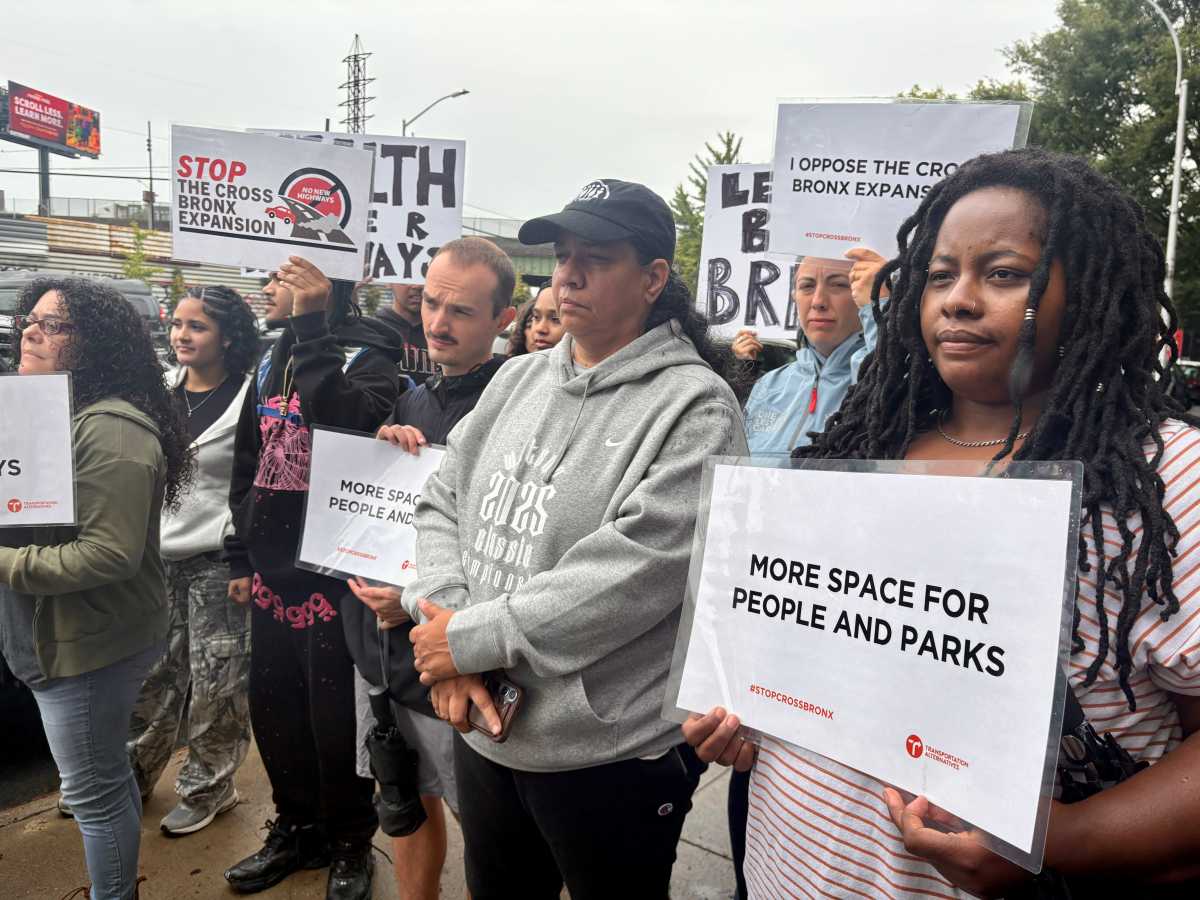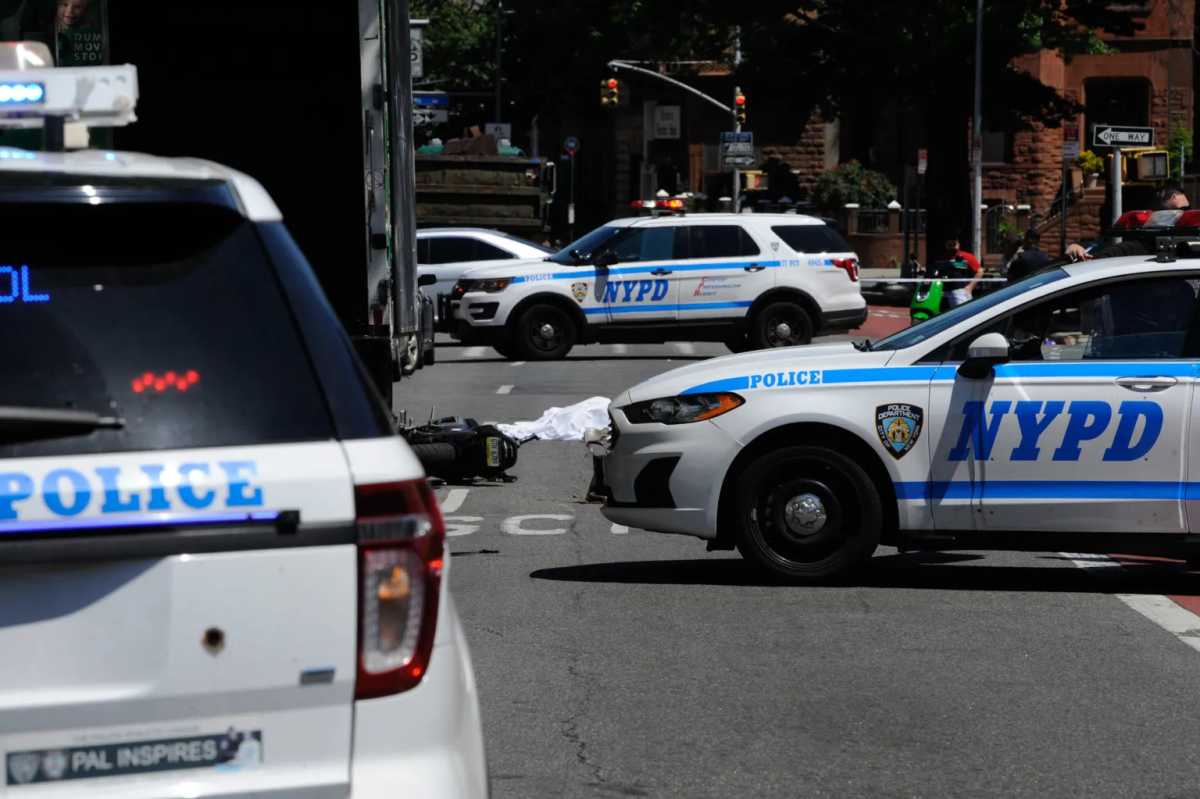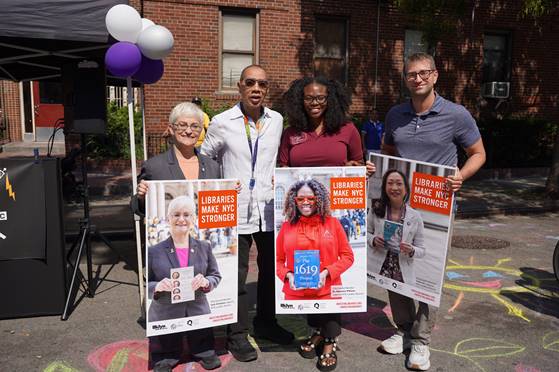Bracing for a possible recession in the years ahead, Mayor Eric Adams’ administration announced Tuesday that its November Financial Plan will save the city a projected $2.5 billion over Fiscal Years 2023 and 2024 thanks to an array of agency cutbacks.
Tuesday’s cuts – made through the so-called Program to Eliminate the Gap (PEG), which impacted virtually every city agency, first became public in September, when Adams’ Budget Director Jacques Jiha sent a memo to each agency head that instructed them to draw up plans for cutting their Fiscal Year 2023 budgets by 3% and for each of the next three years by 4.75%.
“Fiscal discipline has been, and continues to be, a hallmark of my administration,” Adams said in a statement. “Thanks to a successful Program to Eliminate the Gap, we have achieved significant savings without service reductions or layoffs. We are also investing in new needs that will address our housing crisis, make our streets cleaner, combat climate change, and much more.”
Adams emphasized that tightening the city’s belt is necessary given forecasts of choppy fiscal waters ahead due to risk factors for a possible economic downturn. Those include the city having to make greater contributions to its pension funds amid diminished Wall Street returns, renegotiating its labor contracts and dealing with rising health care costs.
“The city faces significant economic headwinds that pose real threats to our fiscal stability, including growing pension contributions, expiring labor contracts, and rising health care expenses — and we are taking decisive actions in the administration’s first November Financial Plan to meet those challenges,” Adams said.
Only three city agencies, however, didn’t meet the required budget reduction targets laid out in the PEG: the NYPD, FDNY and Department of Sanitation (DSNY), a City Hall official said during a press briefing on the plan Tuesday afternoon. For the first two years covered by the financial plan, the NYPD and DSNY only made 41% and 39% of the required cuts respectively, while the FDNY met 98% of the reduction targets.
“We are working with the agencies because some of them are very challenged, in particular NYPD, in light of all the public safety concerns,” the official said. “So, therefore we have to find ways to eke out the savings out of the budget without impacting their operations.”
According to the mayor’s office, the projected savings from the PEG can be achieved without disrupting city agencies’ services or making cuts to the municipal workforce, which has already been significantly scaled back in recent years, according to state Comptroller Tom DiNapoli.
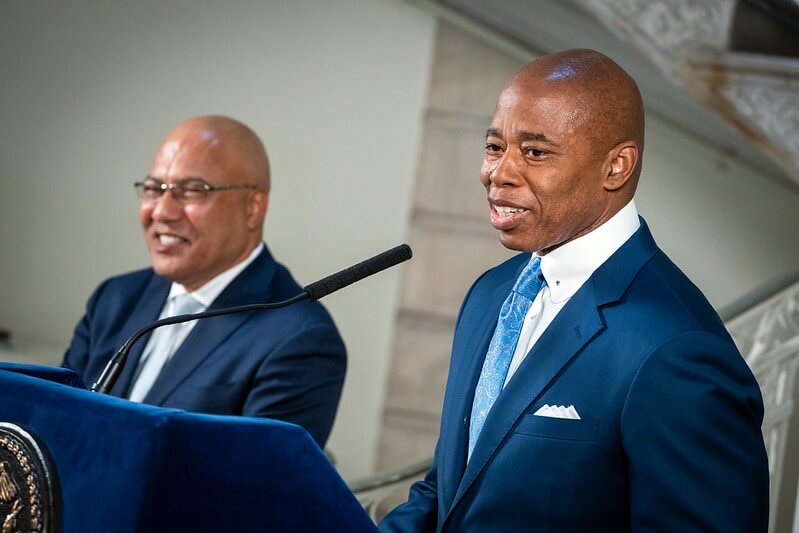
The administration says the $2.5 billion in projected cost-cutting breaks down into nearly $1 billion for the current fiscal year and $1.6 billion for Fiscal Year 2024. Additionally, the administration says it will save $1.5 billion in both Fiscal Years 2025 and 2026.
While Citizens Budget Commission (CBC) President Andrew S. Rein applauded the savings achieved through the PEG, in a statement responding to the plan, he said the administration needs to do more to “restructure government operations” to increase efficiency. This includes filling or cutting 20,000 vacant positions the city didn’t address in the plan.
“Most of these savings are from spending re-estimates. It appears on initial review that few efforts focus on restructuring government operations to be more productive,” Rein said. “The financial plan reduces vacancies by roughly 2,000 annually in fiscal years 2024 and 2025, which is welcome progress. However, this still leaves nearly 20,000 vacant positions. The city can and should both hire for critical functions and eliminate many more, ultimately unneeded, positions.”
The PEG also reduced the Fiscal Year 2024 budget gap by $1 billion, Adams’ office said, bringing the figure to what they described as a “manageable” $2.9 billion. But, Rein said, that reduction doesn’t mean the city is out of the woods financially.
“It would be a mistake to conclude from this that the city’s fiscal situation is brighter,” Rein said. “There are significant fiscal challenges ahead.”
Since the budget for the current fiscal year was passed in June, City Hall said, it’s increased in size from $101 billion to $104 billion. The City Hall official said that’s mostly because of the estimated $1 billion cost of sheltering and assisting the roughly 24,600 migrants who’ve arrived in the city since the spring – a sum the administration is currently seeking reimbursement for from the federal government.
The other new expenses include $865.7 million in COVID-19 recovery funding, the official said, and $591 million for non-COVID costs. Those dollars will in-part fund new programs Adams announced in recent weeks, such as an initiative to clean up long-neglected areas of the city, a plan to electrify boilers in city schools and a pilot program to place street homeless individuals into permanent housing.
But the plan is already facing some pushback from the City Council. Seemingly in anticipation of the plan’s release, City Council Member Justin Brannan (D-Brooklyn) – chair of the council’s Committee on Finance – said in a Tuesday morning tweet the city’s legislature is projecting higher tax revenues for FY22 than OMB.
“Despite a precarious if not grim economic outlook, the @NYCCouncil projects *higher* tax revenues than Mayor’s Office of Management and Budget,” Brannan wrote. “Why? Because FY22 tax collections came in at ~$1B higher than expected when we adopted the budget in June.”
